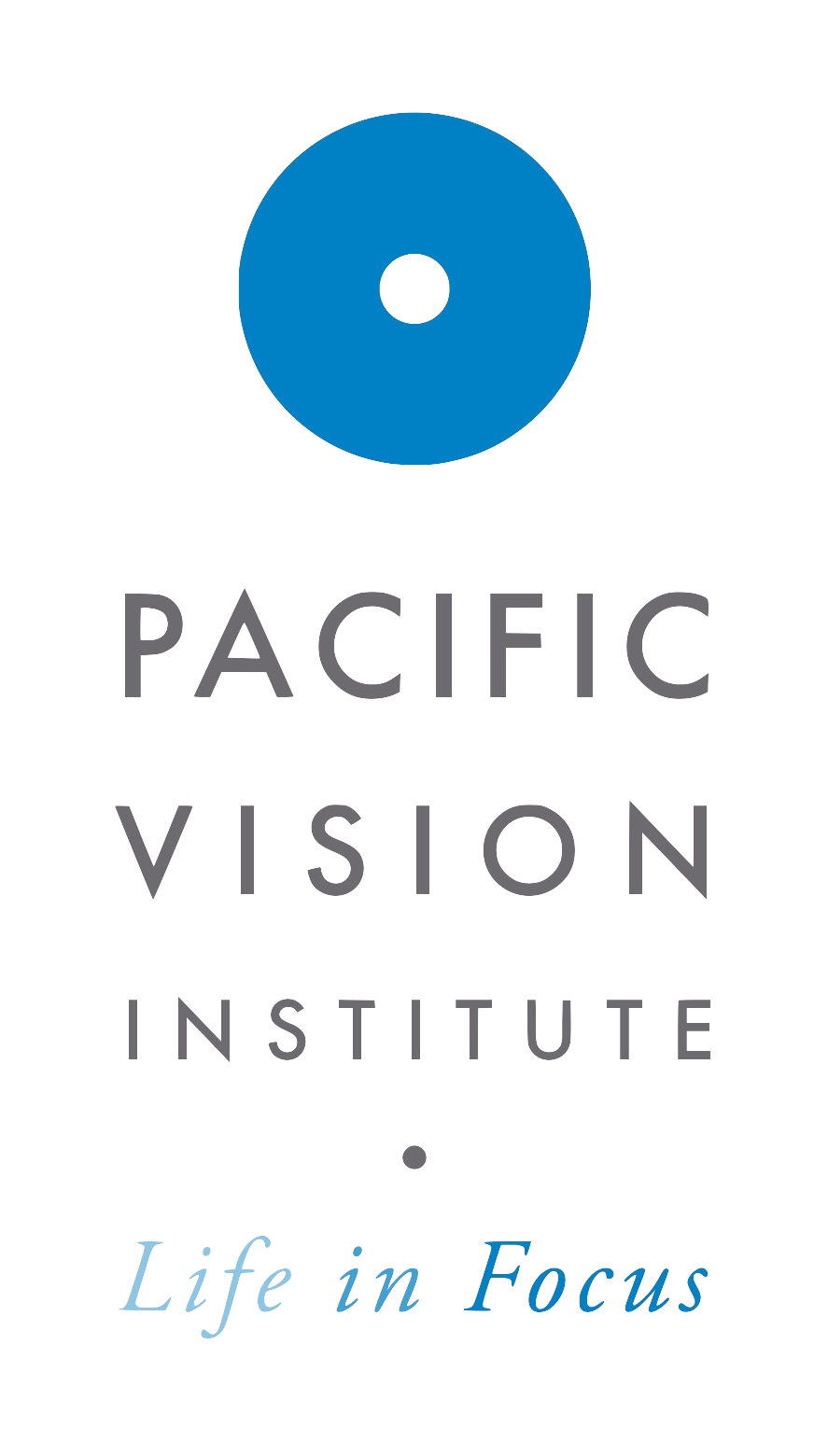Can Corneal Cross-Linking Be Combined with Vision Correction Procedures?
Corneal Cross-Linking (CXL) is a groundbreaking procedure for stabilizing the cornea in patients with keratoconus. But what happens when a patient with keratoconus also wants to improve their vision with corrective surgery? The good news is that CXL can often be safely combined with other procedures, such as PRK or Intacs, to achieve both stability and better visual outcomes at Pacific Vision in San Francisco.
What is Corneal Cross-Linking?
Corneal Cross-Linking (CXL) is a minimally invasive, FDA-approved procedure designed to treat keratoconus and other conditions that weaken the cornea. Here’s what you need to know:
- It uses riboflavin (vitamin B2) eye drops combined with controlled ultraviolet (UV) light to strengthen the corneal structure
- This process creates new collagen bonds within the corneal tissue, making it more stable and resistant to further thinning or deformation
- CXL is particularly effective in halting the progression of keratoconus, a condition where the cornea becomes abnormally thin and bulges into a cone shape, leading to distorted vision
- By stabilizing the cornea, CXL can preserve vision and, in some cases, improve its clarity
- This procedure is essential for patients with progressive keratoconus or those looking to maintain their vision long-term
Combining CXL with Vision Correction
Many patients wonder if they can improve their vision after undergoing CXL. Sometimes, combining CXL with procedures like PRK or Intacs can enhance results. For example:
- CXL and PRK: PRK reshapes the cornea to correct refractive errors. When combined with CXL, the cornea becomes more stable, reducing the risk of regression.
- CXL and Intacs: Intacs are small implants that flatten the cornea to reduce irregularities. CXL helps lock these changes in place, ensuring better long-term outcomes.
- CXL Before LASIK: While LASIK is generally not recommended for patients with keratoconus, CXL can sometimes stabilize the cornea enough to make other vision correction procedures possible.
- CXL and EVO ICL: For some patients, EVO ICL provides the best outcome with reducing dependency on glasses and contact lenses. CXL can sometimes stabilize the cornea enough to make this vision correction procedure possible.
The benefits of combining these procedures include:
- Stabilizes the cornea for safer corrections
- Reduces the risk of vision regression
- Enhances the longevity of results
Is CXL Right for You?
Patients with keratoconus or other corneal irregularities should consult a specialist at Pacific Vision to determine the best treatment plan. Factors such as corneal thickness and the progression of keratoconus will guide the decision.
By combining corneal cross-linking with vision correction procedures, patients can achieve a stable cornea and improved eyesight. Contact Pacific Vision for a personalized consultation with Dr. Faktorovich or Dr. Seibel to explore whether this approach suits your unique needs.

